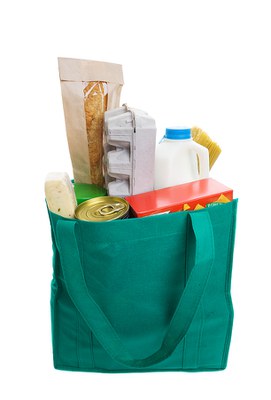Food Storage Guide Answers the Question . . . (FN579, Revised May 2020)
Availability: Web only
How long can I store _________ before its quality deteriorates or it’s no longer safe to eat?
Like many answers, this one depends on several factors: the type of food, length of time the food sat on the store shelf before you bought it, the temperature of the food while it was in the store, its packaging, how efficiently your refrigerator or freezer runs and the temperature in your cupboards
While you can’t control all of these factors, you have some precautions you can take. For example, always read the package labels and buy the products with the most distant expiration dates.
When you’re shopping, buy perishable foods, such as meats, last. In fact, you may want to organize your shopping list so your perishables are at the bottom. At home, put purchase dates on packaging and rotate your food supplies on a regular basis. Be sure to always use the “first in, first out” rule.
This publication provides handling tips and recommendations for storing food in your cupboards, refrigerator or freezer based on guidance from the U.S. Department of Agriculture and other sources. Beyond the guidelines, though, you still have to rely on some old-fashioned common sense.
And remember the most basic of rules: When in doubt, throw it out.
What Do Packaging Dates Mean?
The goal of date labels is to inform consumers of the date to which consumers can expect the food to retain its optimal quality, including flavor, color and/or texture. The food industry is moving to standardize the term “best if used by” with support from the Food and Drug Administration (FDA, 2020).
• “Sell by” means the store should sell the product by the printed date, but the consumer still can eat the product safely after that date.
• “Best if used by” means the consumer should use the product by the date listed for best quality and flavor (not for safety reasons).
• “Use by” is the last date recommended for use at peak quality. You likely will see a marked deterioration in product quality (flavor, appearance, texture) after that date.
– Note: Do not use infant formula and baby food after the “use-by” date.
• “Closed or coded dates” are packing numbers used by the manufacturer. If a problem occurs with the food, it can be recalled.
For more information about nutrition, food safety and health, see www.ag.ndsu.edu/food.
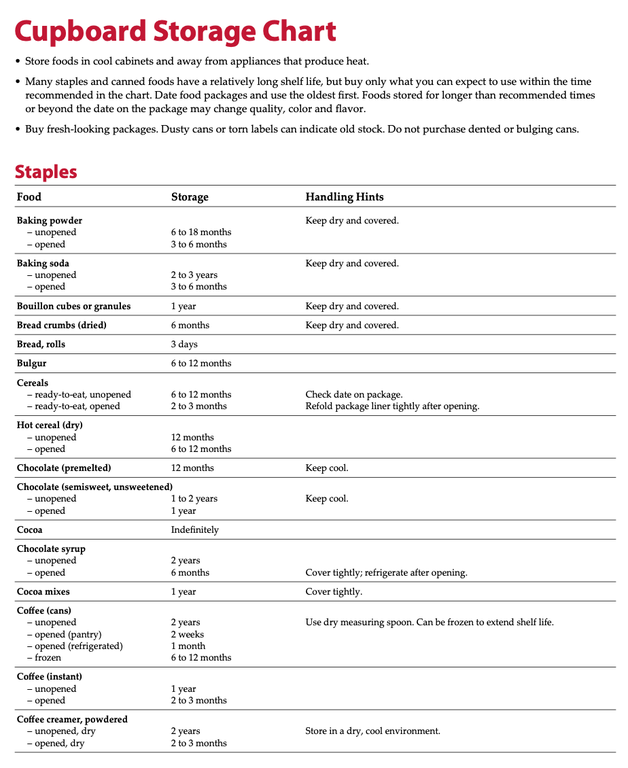
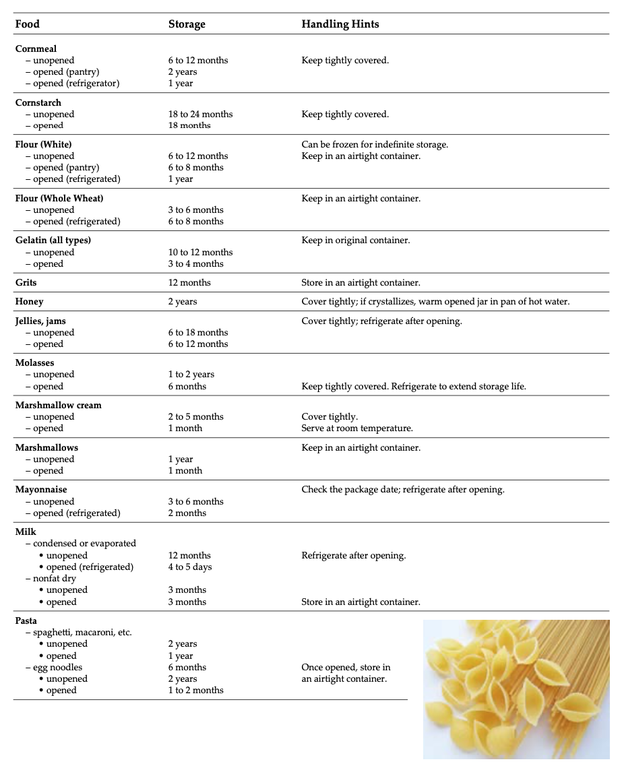
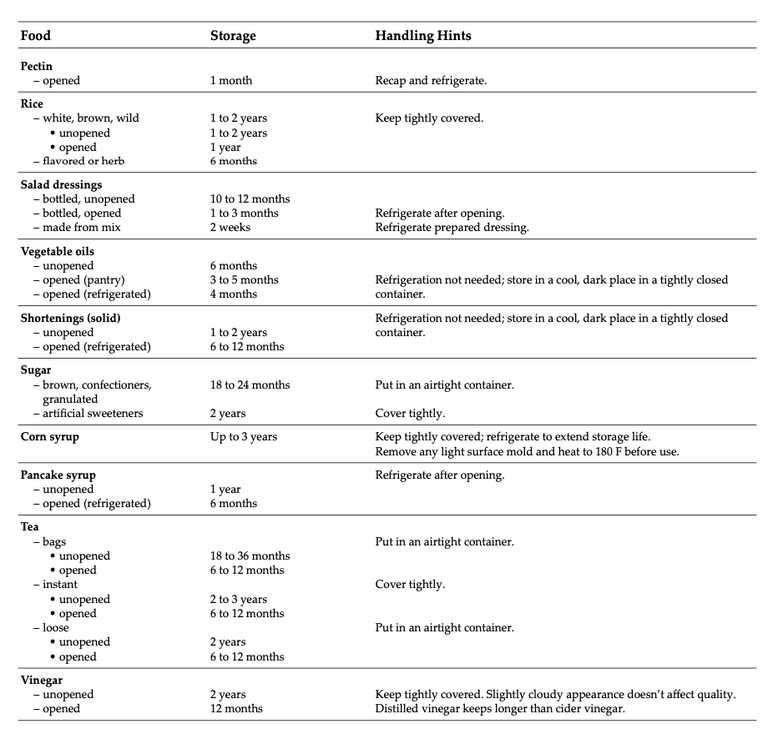
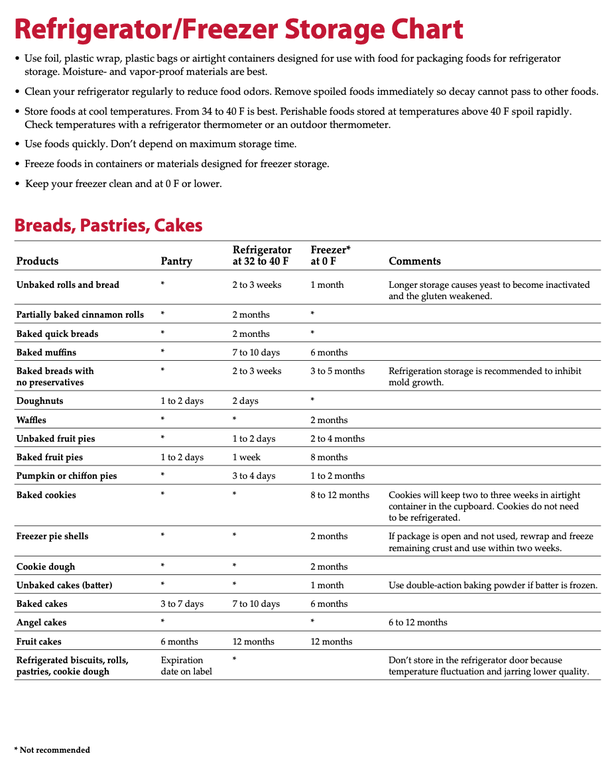
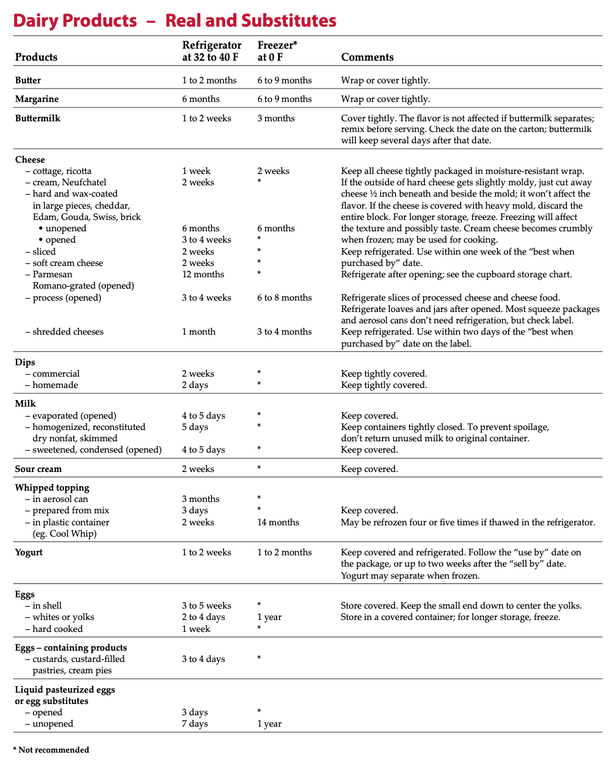
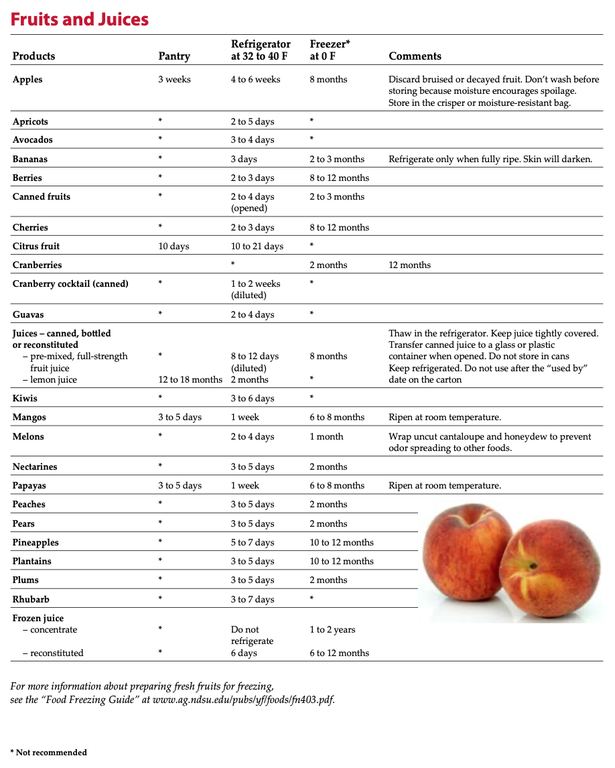
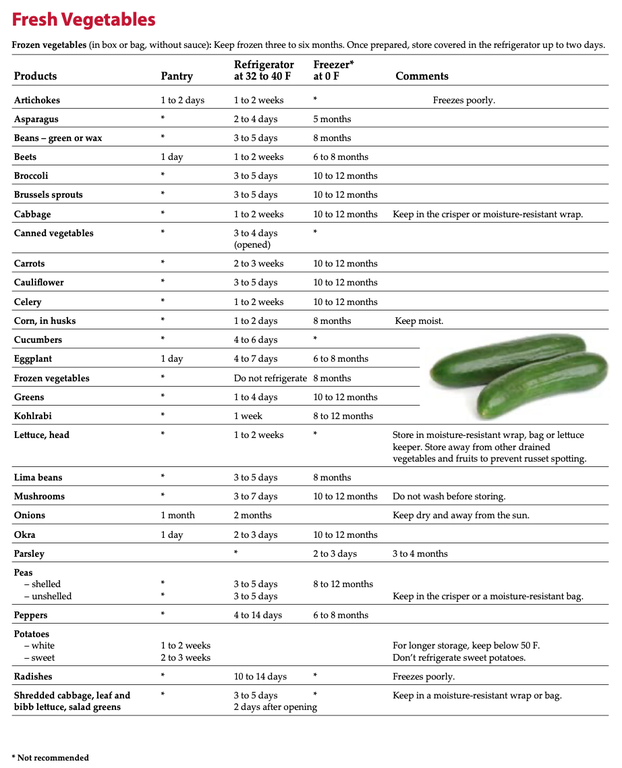
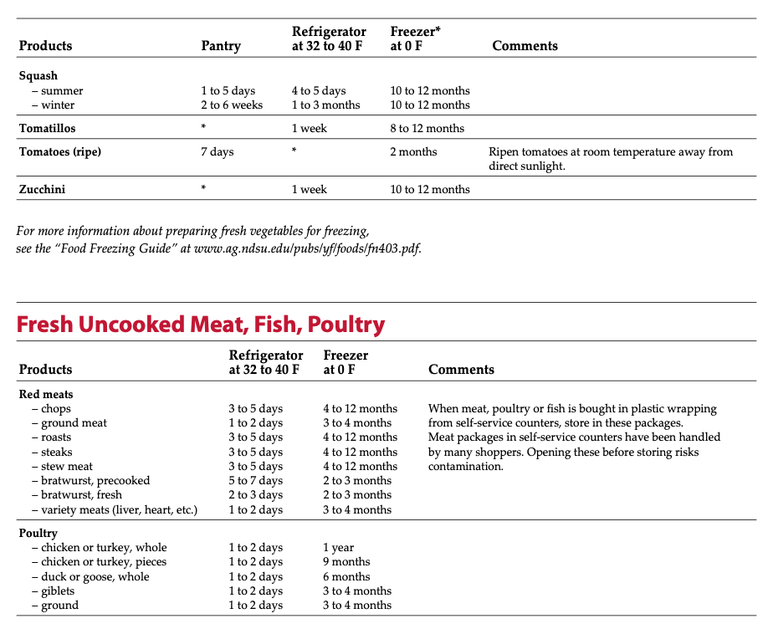
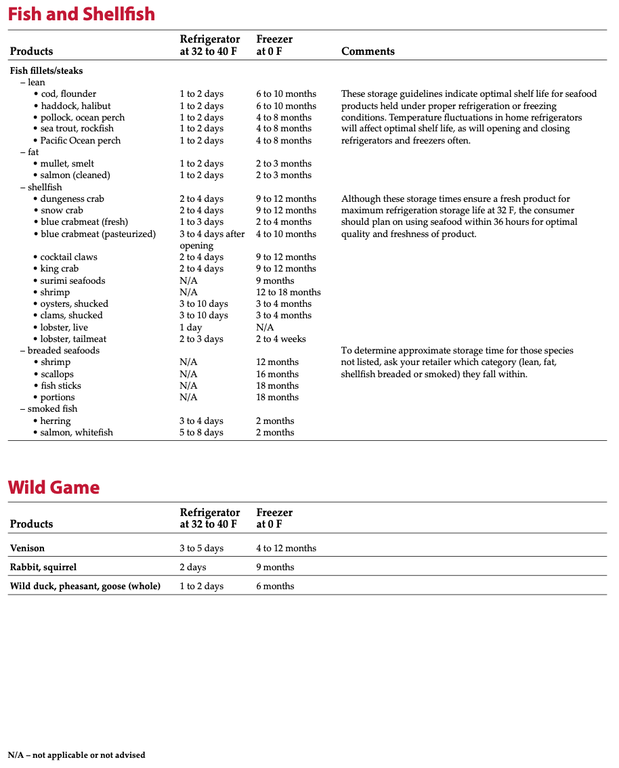
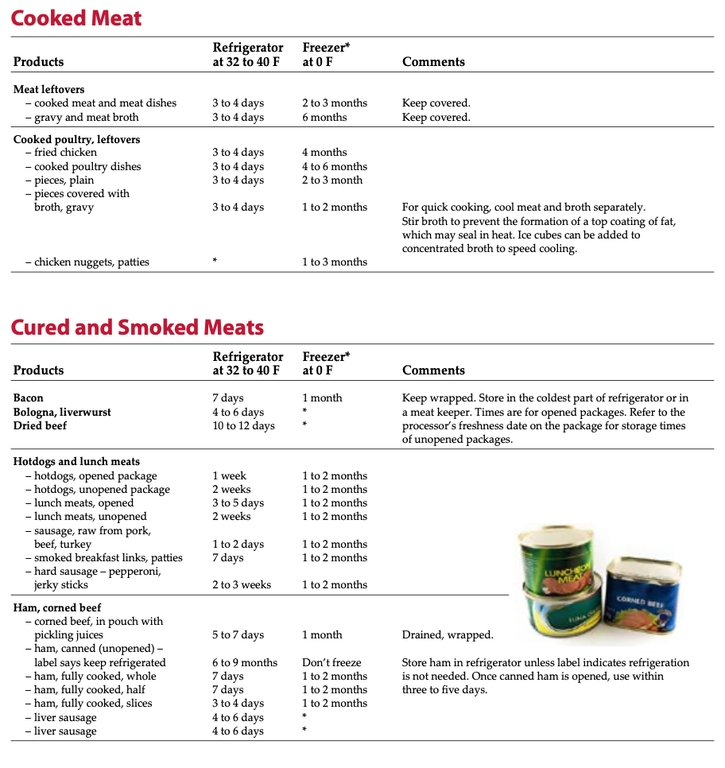
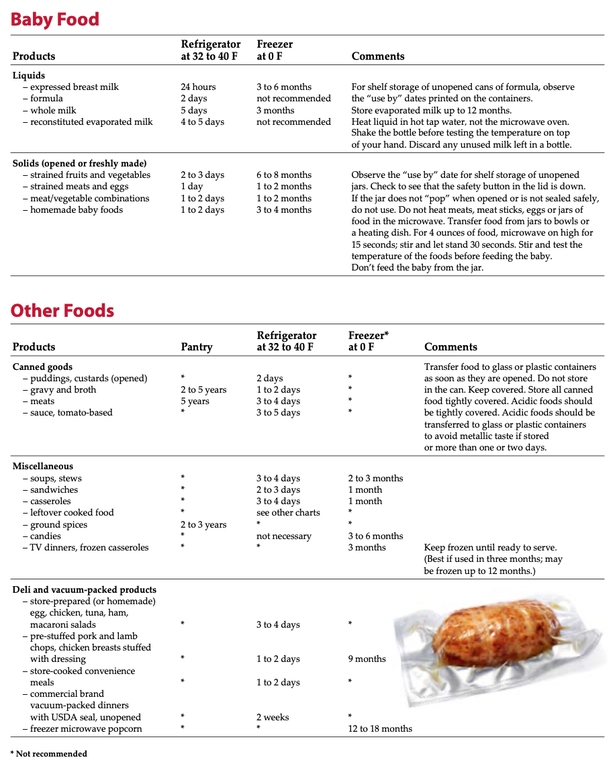
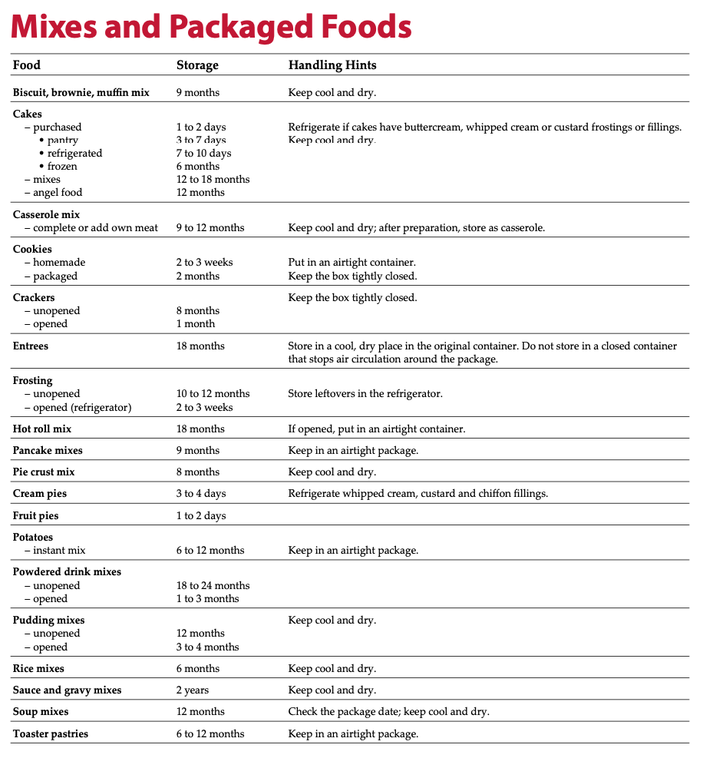
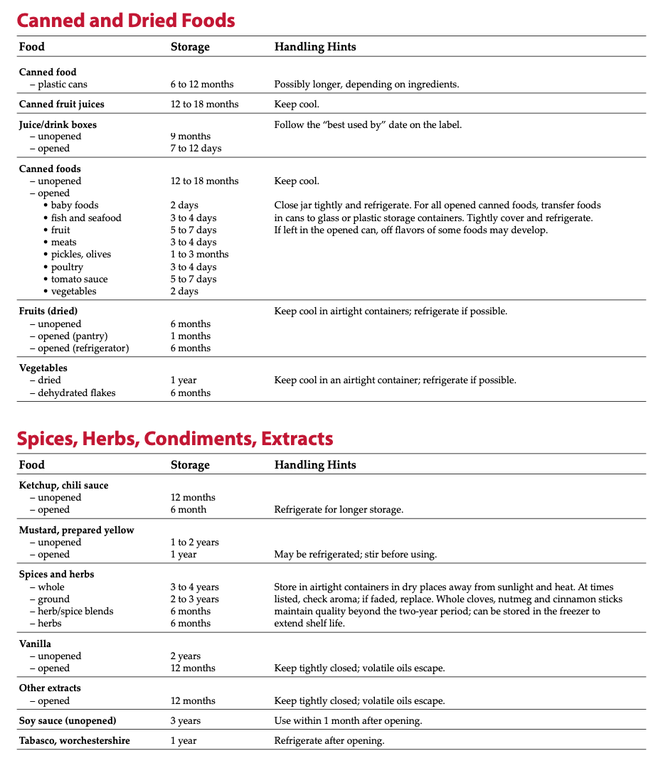
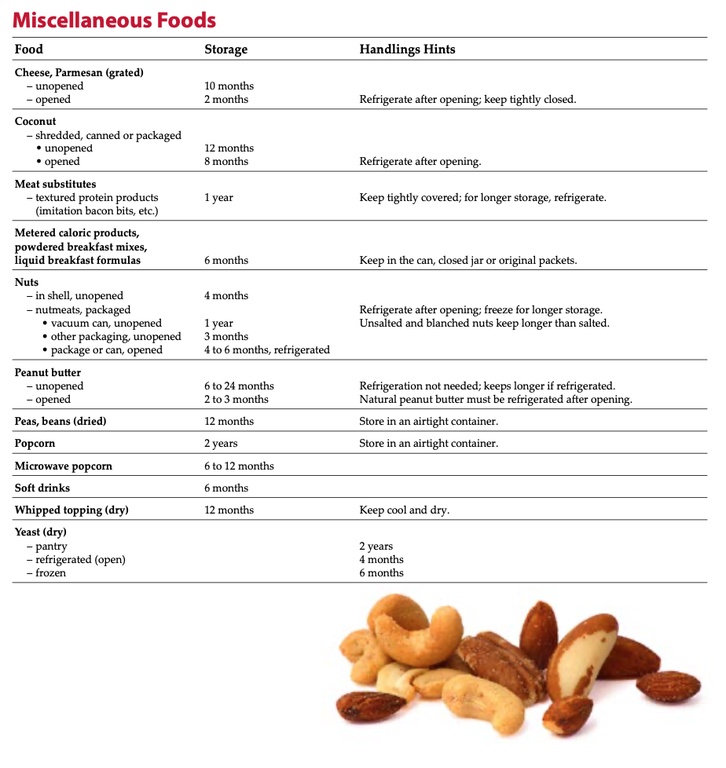
All photos by Bigstock
NDSU does not endorse commercial products or companies even though reference may be made to tradenames, trademarks or service names

